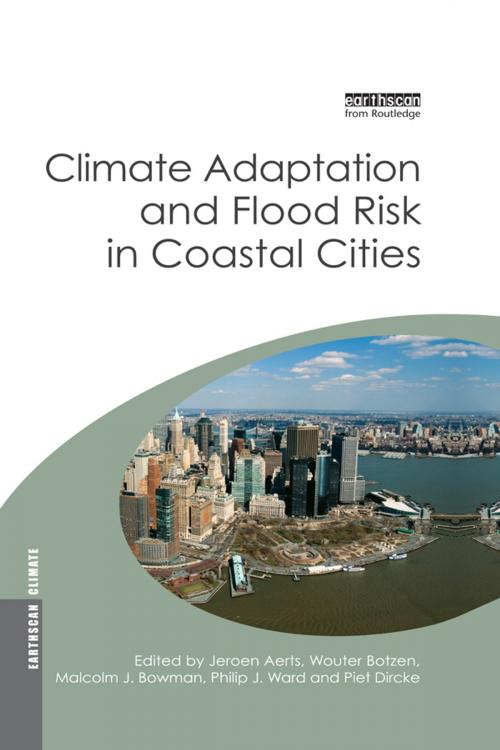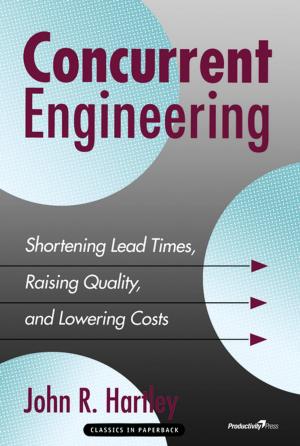Climate Adaptation and Flood Risk in Coastal Cities
Nonfiction, Science & Nature, Science, Earth Sciences, Geography| Author: | Jeroen Aerts, Wouter Botzen, Malcolm Bowman, Piet Dircke, Philip Ward | ISBN: | 9781136528927 |
| Publisher: | Taylor and Francis | Publication: | December 4, 2013 |
| Imprint: | Routledge | Language: | English |
| Author: | Jeroen Aerts, Wouter Botzen, Malcolm Bowman, Piet Dircke, Philip Ward |
| ISBN: | 9781136528927 |
| Publisher: | Taylor and Francis |
| Publication: | December 4, 2013 |
| Imprint: | Routledge |
| Language: | English |
This book presents climate adaptation and flood risk problems and solutions in coastal cities � including an independent investigation of adaptation paths and problems in Rotterdam, New York and Jakarta. The comparison draws out lessons that each city can learn from the others. While the main focus is on coastal flooding, cities are also affected by climate change in other ways, including impacts that occur away from the coast. The New York City Water Supply System, for example, stretches as far as 120 miles upstate, and the New York City Department of Environmental Protection has undertaken extensive climate assessment not only for its coastal facilities, but also for its upstate facilities, which will be affected by rising temperatures, droughts, inland flooding and water quality changes. The authors examine key questions, such as: Are current city plans climate proof or do we need to finetune our ongoing investments? Can we develop a flood proof subway system? Can we develop new infrastructure in such a way that it serves flood protection, housing and natural values?
This book presents climate adaptation and flood risk problems and solutions in coastal cities � including an independent investigation of adaptation paths and problems in Rotterdam, New York and Jakarta. The comparison draws out lessons that each city can learn from the others. While the main focus is on coastal flooding, cities are also affected by climate change in other ways, including impacts that occur away from the coast. The New York City Water Supply System, for example, stretches as far as 120 miles upstate, and the New York City Department of Environmental Protection has undertaken extensive climate assessment not only for its coastal facilities, but also for its upstate facilities, which will be affected by rising temperatures, droughts, inland flooding and water quality changes. The authors examine key questions, such as: Are current city plans climate proof or do we need to finetune our ongoing investments? Can we develop a flood proof subway system? Can we develop new infrastructure in such a way that it serves flood protection, housing and natural values?















